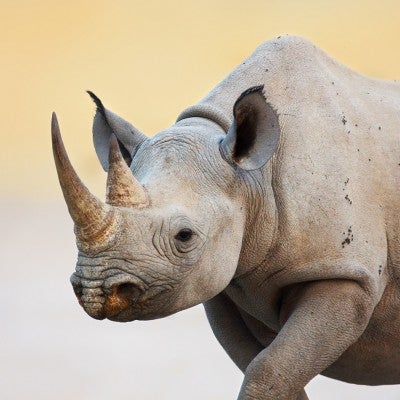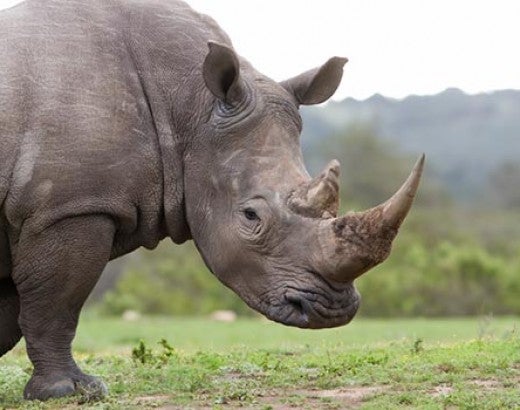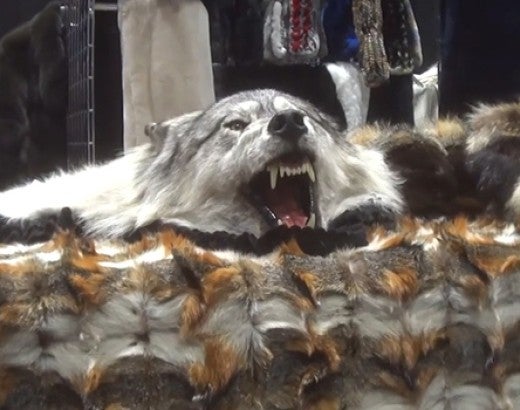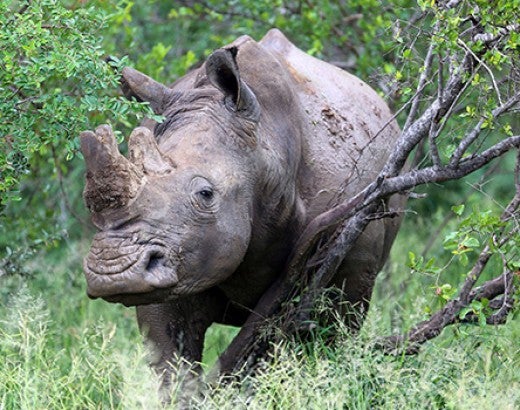But despite their ancient lineage and notoriously thick skin, rhinos are a fragile group. Poaching, trophy hunting and habitat loss are driving these magnificent creatures to the brink of extinction.
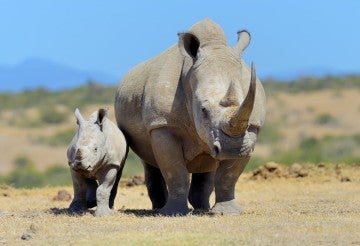
Of the five remaining rhinoceros species in the world, three are critically endangered—one step away from becoming extinct in the wild—and the other two are vulnerable to following the same path.
|
WARNING: The following photo may be too graphic for some viewers. |
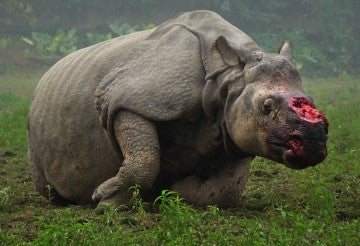
Some species of rhinos have one horn while others have two. The horns are made up primarily of keratin, a protein found in fingernails and animal hooves. Sadly, their magnificent horns sell for big bucks in the illegal wildlife trade, making rhinos a coveted target by poachers.
Stand with us in condemning the killing of wildlife for trophies, both in the United States and around the world. Sign the petition to end this cruel and unsportsmanlike pastime.
